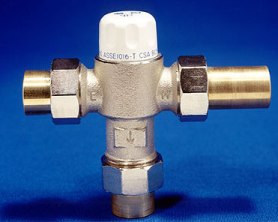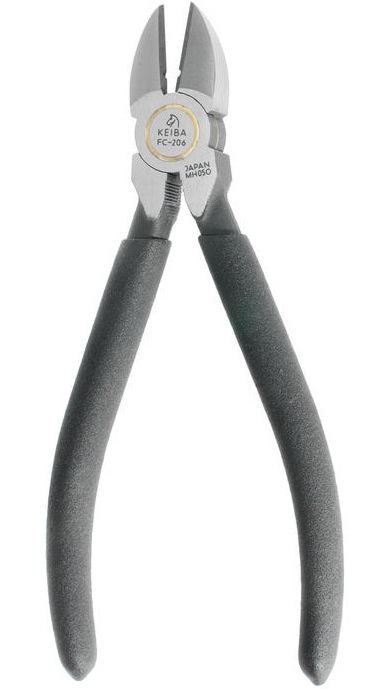Can I kill mold with bleach?
Yes you can use bleach to kill mold, and lions and tigers and bears and humans and pets too. Bleach is poisonous and toxic. You can use bleach to kill any number of living organisms. However, it is not a good choice for killing mold.
Does this mean that Mom was wrong about Bleach?
Mom taught us that the answer to mold problems has always been bleach. “Spray it on, cover your eyes, hold your breath and run away from the toxic fumes.” Mold and mildew have already compromised our Indoor Air Quality. Bleach, or more specifically chlorine bleach, is a respiratory irritant. Introducing bleach into an indoor environment that is already polluted from a mold infestation is not a good idea.

Exposure to Chlorine Bleach can cause the following symptoms:
- Airway irritation &Wheezing
- Difficult breathing
- Sore throat & Cough
- Eye irritation
- Skin irritation & burning
The severity of health effects depends on the degree and length of exposure.
The Most Important Reason to not use Bleach to kill Mold
When you use bleach to kill mold, although the mold would disappear, it was only days or weeks before it was back again. The biggest reason you don’t want to use is after it kills the existing mold it creates new mold. How does the bleach do that? Because it is diluted with water and water is one necessary component for creating mold growth.
What happens when you spray some chlorinated bleach on the wall is that the bleach kills the mold and the water that has diluted the bleach soaks into the wall. So the bleach has killed the mold but now you have a wet wall, just like the one that caused the mold growth in the first place. A few days to a few weeks later the mold returns.
With mold, what you can see is only the tip of the iceberg. 10% of Mold you see… 90% of Mold is microscopic. Most of the suspended airborne particles are too small to see; yet small enough to be respired (breathed into the lungs) which causes damage to your home, sickness and disease in people and pets. These invisible particles are a serious health risk concern.
How do you control mold?
Natural enemies to mold growth are sunlight and ventilation. While it may be impossible to bring direct sunlight to certain areas of your home like the basement, crawl space and attic you can increase ventilation.
When it comes to removing humidity and water vapor you need a ventilation system that works year round. You also need to find any source of water or moisture that allows the mold to grow.



 width="100" height="100" align="left" style="border:1px solid #999999;margin:0 8px 8px 0;" />
width="100" height="100" align="left" style="border:1px solid #999999;margin:0 8px 8px 0;" />
 Hacksaws look thin and flimsy, but they’ll easily cut through even the hardest of metals. Blades are replaceable, so focus your purchase on a quality hacksaw frame.
Hacksaws look thin and flimsy, but they’ll easily cut through even the hardest of metals. Blades are replaceable, so focus your purchase on a quality hacksaw frame. sometimes convenient, but they're no substitute. Manual screwdrivers can reach into more places and they are less likely to damage the screw.
sometimes convenient, but they're no substitute. Manual screwdrivers can reach into more places and they are less likely to damage the screw.